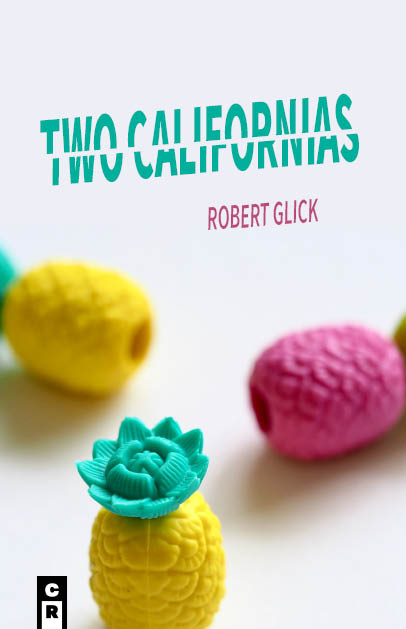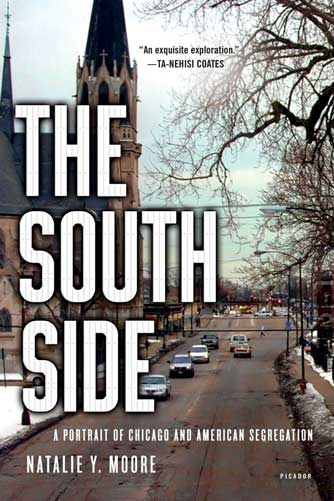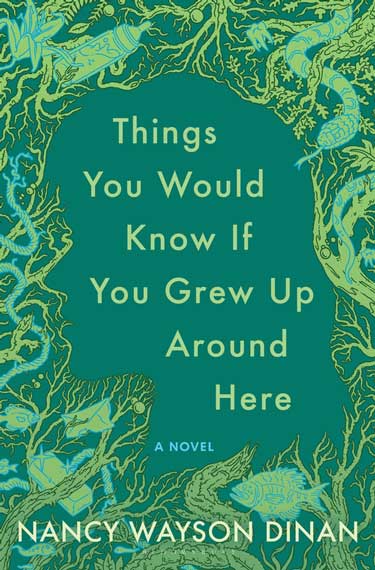ESSAYS IN IDLENESS: THE TSUREZUREGUSA OF KENKŌ
TRANSLATED BY DONALD KEENE
For whatever reason, this text, written in the 1300s by a Buddhist priest convinced that the world was getting unremittingly worse, who indicates in the first section that he’s writing these notes because he gets a “strange, demented feeling” jotting down “at random whatever nonsensical thoughts have entered my head,” is really speaking to me right now.
I’m not an expert on this and don’t want to get out of my depth, but as I understand it, the “random” form he describes above is called zuihitsu (“follow the brush”), with the most famous example being Sei Shōnagon’s Pillow Book, one of my favorite books ever. Kenkō’s entry lengths are irregular, and you never know exactly where he’s going to go; a perspective-altering Buddhist insight in one entry can be followed by town gossip in the next. He is interested in beginnings and endings and glimmers; not cohesive stories or perfection. I’m reading the book 700 years after Kenkō wrote it, but it seems as though it wasn’t written to be immortal—Kenkō will contradict himself within pages, and he seems to feel an attachment to the world that he knows he probably shouldn’t. Kenkō does like to dunk on the “rustic boors who take all their pleasures grossly” in a way that can feel a little harsh (and personal), but he has a remarkable voice.
PARADISE RECLAIMED
BY BY HALLDÓR LAXNESS, TRANSLATED BY JANE SMILEY
I grew up Mormon in Utah, and my whole life I’ve devoured any book with Mormon content. So it blew my mind when a friend informed me that Halldór Laxness wrote a book about an Icelandic farmer who joins the Mormon Church and travels to Utah and back in search of paradise. I couldn’t believe a) that such a book existed and b) that it had escaped my attention before now. Paradise Reclaimed is a bizarre and lovely story, satirical but tender. It’s different from any pioneer story I’ve ever read, most notably because it’s extremely funny at times. I took a picture of this paragraph and sent it to my very religious mother, who appreciated it also:
“Well, if you say you’re not a Mormon, you aren’t one,” said the farmer. “I’ve never heard of a Mormon who didn’t acknowledge he was one before being asked, even though he knew it would cost him a beating.”
In addition to its wonderful descriptions of Mormon Zion and the Icelandic countryside, the book blends in Icelandic history, as well as folklore and fable. I’ve never read a book quite like it, and it’s been a pleasure to discover at this point in my life, having read so many pioneer stories with similar narrative shapes, but told so differently.
TWO CALIFORNIAS
BY ROBERT GLICK
I took a workshop with Glick a million years ago, and I found his stories to be crisis-inducingly good. That was when I was first getting started as a writer, and I wondered in part when I picked this up if I would still feel that way. But sure enough: This writing is still good enough to induce crisis. The description is so precise: the space in the hot tub between the water and the hot tub’s cover smells “like a skateboard wheel” and the back lot of a Dunkin Donuts smells of “lard and weed and wet coffee grounds.” Despite the stories being very different from one another, the terms of each story somehow clarify right away, and by the end, the arrangement does not seem like it could be changed; you just want to start the story again. Even the intertextual parts seem like they were written to be part of these stories. It’s also very funny.
THE SOUTH SIDE
BY NATALIE MOORE
I live in Forest Park, just outside Chicago, off the last stop on the Blue Line of the “L.” One of the things I didn’t realize I’d miss as much as I have during the pandemic is getting on the train and walking around the city. Chicago is enormous, and after four years here, I feel like I’ve still seen only a sliver of it, and in the past few months, a slimmer sliver still—only the blocks of my neighborhood and the cemetery contained therein. So I’ve been reading Chicago books to try to make up for some of that. The South Side is a compelling hybrid of memoir/research/history/argument that exposes how forcefully Chicago has been shaped by segregation and continues to operate on segregationist policies. Moore grew up in Chatham on the South Side, and she notes early on that many white Chicagoans couldn’t pinpoint Chatham on a map, as would have been true of me prior to reading this. Then Moore shows, clear as day, the way the city was designed: which parts of the city were invested in, which parts deliberately weren’t, and the racist reasons why. In addition to exposing the systemic racism that has shaped the city, the book is also an amazing story of resilience from the communities that continue to survive and resist despite purposeful and ongoing disinvestment.
THINGS YOU WOULD KNOW IF YOU GREW UP AROUND HERE
BY NANCY WAYSON DINAN
Things You Would Know If You Grew Up Around Here is a novel that takes place in the aftermath of the Memorial Day floods in Texas in 2015, though its scope reaches far beyond that—encompassing the distant and recent past and suggesting the future. The book is, in part, a story about friendship; Boyd and Isaac, separated by the flood, are trying to find each other. But while they look for each other, and others look for them, the past is dredged up, and anything once assumed to be stable and reliable about the present is called into question. The book suggests a world on the verge of transformation both frightening and thrilling. It’s quite a novel to read in this moment, knowing that climate change is going to lead to more extremity every year but not knowing exactly how to picture it. It’s also packed with wonderful Texas talk—particularly in the short, voice-driven chapters interspersed throughout—which makes me homesick for my time in that state.




